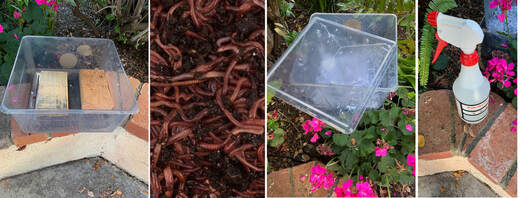
To make a very simple worm farm you need a two part container: a catchment basin and a box with a lid to sit above the basin. The top box must have very small holes drilled in the bottom for draining the "tea" that your worms will create and to give your worms some aeration. To build up the farm, you first fill the top container with about 4 inches of shredded paper or cardboard for "bedding". Then you put your little worms on the bedding and put the green veggie waste that you have chopped up around them so that they can eat it. After you have finished this layer, you add more bedding for another 4 inches. When you have finished this layering process, spray it down lightly being careful to not over water. The paper should just be slightly damp.
It's important to remember what to feed the worms and what not to feed them. Green veggie and fruit scraps (with the exception of citrus peels),coffee grounds, tea bags, finely crushed egg shells and garden clippings with no pesticide use will work. Dairy products, bones, processed foods and foods cooked in oil and spices cannot be used. If you have questions about what can and cannot be composted with the worms, refer to the Internet as composting is becoming quite popular and there are many postings about the subject there. For paper, don't use coated paper or plastics but shredded cardboard, newspaper and paper from your computer will work. I am a researcher, writer and illustrator so I produce plenty of paper to shred in my office. I am also a near vegetarian so veggie scraps are no problem either.
A worm farm is virtually care free, has no odor and can be left unattended for a week or so for those of us who travel on occasion. They will adjust to a sparse diet and simply not reproduce during that time and will go into a sort of hibernation. The worm farm shouldn't be neglected for too long, however; as your worms will die with no food to eat. The worms are sensitive to heat so be sure and put the bin in a shady and protected place where there is no direct sunlight to produce a deadly solar effect to kill your little worms.
A worm farm is a fascinating world that can provide parents, teachers and children many teaching topics on subjects such as biology, stewardship of the earth, life processes, healthy gardening and sustainable living. It will also produce wonderful nutrient rich garden fertilizer to use. It's nature's recycling at its best.
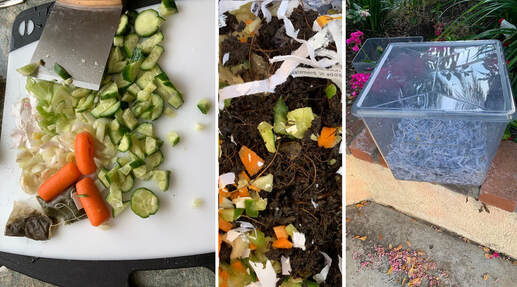
From left to right: 1. leftover carrots, cucumbers, celery and tea bags, 2. the cutup vegetables and worms added carefully above the newspaper bedding, 3. The worm farm covered with bedding (to use set the box in the plastic basin and you will have a complete vermicomposting world - by the way vermis is latin for worm).
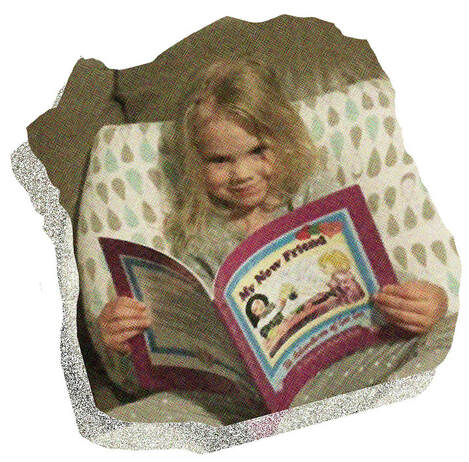
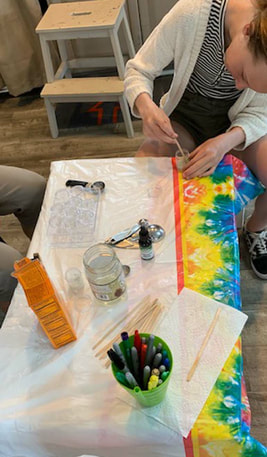
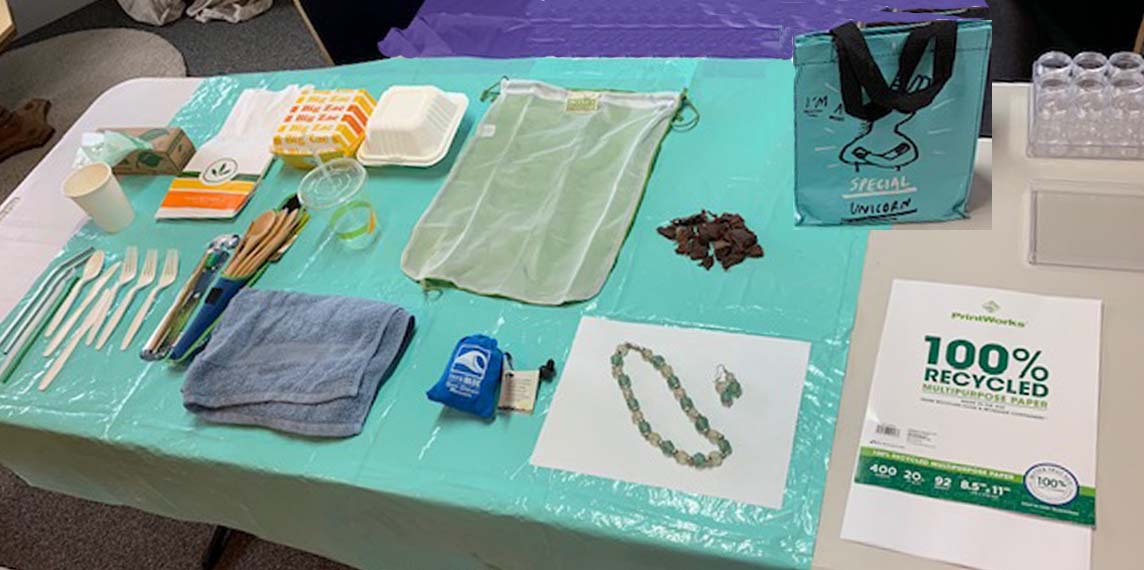
 RSS Feed
RSS Feed